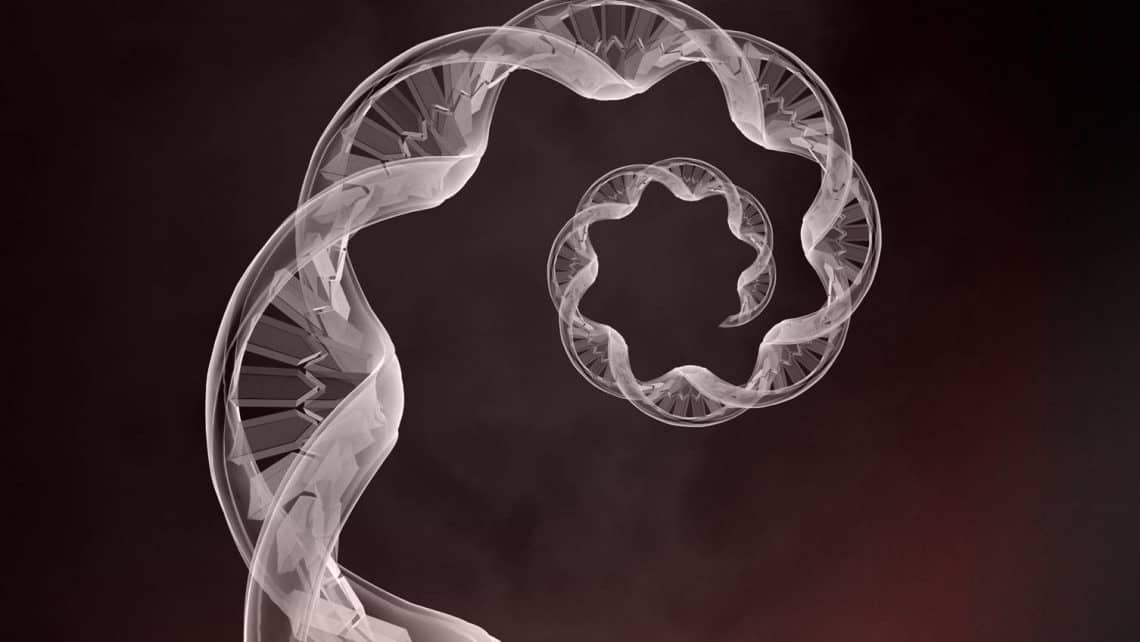
Thalassaemias
Thalassaemias include a group of hereditary anaemias (from mild to lethal) caused by defects in the synthesis of one or more globin chains. Globins are the protein part of haemoglobin, the red blood cells main component, the oxygen-carrying blood cells. Haemoglobin is a metalloprotein which, in addition to the protein chains called globin chains, contains haem groups whose iron component is responsible for binding and transporting oxygen.
There are different globin chains, which combine in different ways to form different types of haemoglobin. In adults, 98% of haemoglobin in red blood cells is type A and consists of two α-chains and two β-chains. In thalassaemia, the synthesis of the chains is affected, so if the a-chain synthesis is affected, we are speaking of α-thalassaemia and if it is the b-chain affected, we are speaking of β-thalassaemia.
Índice
Origin of thalassaemias
From the pathophysiological point of view, the reason why this decrease in globin chain synthesis causes a disease, it is because this decrease in the synthesis of one type of globin chain breaks the normal balance between the a and b chains and leads to the intracellular accumulation of one of them. Thus, in α-thalassaemia there is an excess of β-chains and in β-thalassaemia an excess of alpha-chains. In both cases, precipitates are formed inside the red blood cells, which cause their premature destruction before they reach full maturation. In addition, those that manage to overcome the maturation process contain so many precipitates that their survival in the circulation is reduced, resulting in haemolysis. Hence, thalassaemias are haemolytic anaemias, i.e. caused by lysis of red blood cells.
Types of Thalassaemias: Beta and alpha
Thalassaemias are autosomal recessive hereditary diseases, i.e. an affected person has both copies of the defective gene (inherited from their father and mother), those who have only one defective copy will be carriers (they can transmit it) but will not have symptoms. Thalassaemia frequency is very high 5% of carriers in the world population.
- – β-thalassaemia is common in Mediterranean populations, North African, Middle Eastern or Indian origin;
- – Whereas α-thalassaemia is concentrated in the Asian subcontinent, China, Malaysia, Indochina, the Mediterranean and Africa.
From a molecular point of view, thalassaemias are caused by mutations in globin genes. In α-thalassaemia, such mutations consist of deletions of part or all the gene, HBA1 or HBA2, which encode the a-chain and are located on chromosome 16.
The β-thalassaemias are caused by single nucleotide substitutions in the sequence of the HBB gene (encoding the β-chain) located on chromosome 11.
Clinical classification
In any case, in both a and β-thalassaemias, the intensity of the deficit depends on the degree of genetic alteration and can vary from deficient or partial synthesis. And therefore with different clinical expression, which allows thalassaemias to be classified as follows:
- Major thalassaemia, which corresponds to the most clinically expressive forms (very intense chronic haemolytic syndrome with severe anaemia).
- Minor thalassaemia, which corresponds to forms with little or no clinical expression (minimal thalassaemia or asymptomatic carriers).
- Medium Thalassaemia which corresponds to forms of clinical expression of varying intensity, but always characterised by a moderate or severe haemolytic syndrome with anaemia.
Diagnosis of thalassaemia
In terms of diagnosis, a blood count accompanied by haemoglobin electrophoresis allows to identify different types of haemoglobinopathies. However, in case of thalassaemias, as it is a recessive disease, carriers will be totally asymptomatic and will therefore not show any type of alteration. Only a genetic study of the genes encoding the α and β chains can verify carrier status. In recessive diseases, it is important to know the carrier status in order to prevent the occurrence of the disease in offspring.
In conclusion, thalassaemias are hereditary anaemias in which molecular studies are essential for the patients’ diagnosis and monitoring. They allow adequate genetic counselling. They are therefore essential to prevent the transmission of the disease through preimplantation genetic diagnosis PGD after in vitro fertilisation treatment or prenatal diagnosis during pregnancy. In short, they help us to understand how the disease originates, which may lead to the development of future therapeutic strategies.
Dr Belén Lledó, Medical Director of IBBIOTECH, the Instituto Bernabeu group.
